An in-depth guide to Stella Adler’s imaginative approach to acting, complete with step-by-step drills you can try today.
Introduction
For many performers, the name Stella Adler evokes fearless creativity, powerful presence, and a reverence for the craft of acting that borders on the spiritual. A legendary teacher whose students included Marlon Brando, Robert De Niro, and Warren Beatty, Adler championed an approach that pairs precise textual analysis with expansive imagination and rigorous cultural study.
Unlike some of her contemporaries who relied heavily on personal emotional memory, Adler believed that the actor’s richest resource is imagination—the capacity to live truthfully in circumstances that may be far removed from personal experience. Her technique therefore trains actors to build characters from the outside in (circumstances, environment, relationships, culture) and the inside out (objectives, actions, inner life).
This article explores the philosophy behind Adler’s work, breaks down its core components, and offers a toolkit of practical exercises you can integrate into rehearsals, classes, or self-study. Whether you are brand-new to acting or looking to refine an established craft, the Stella Adler Technique can deepen your artistry and expand the range of stories you are able to tell.
1. Stella Adler in Historical Context
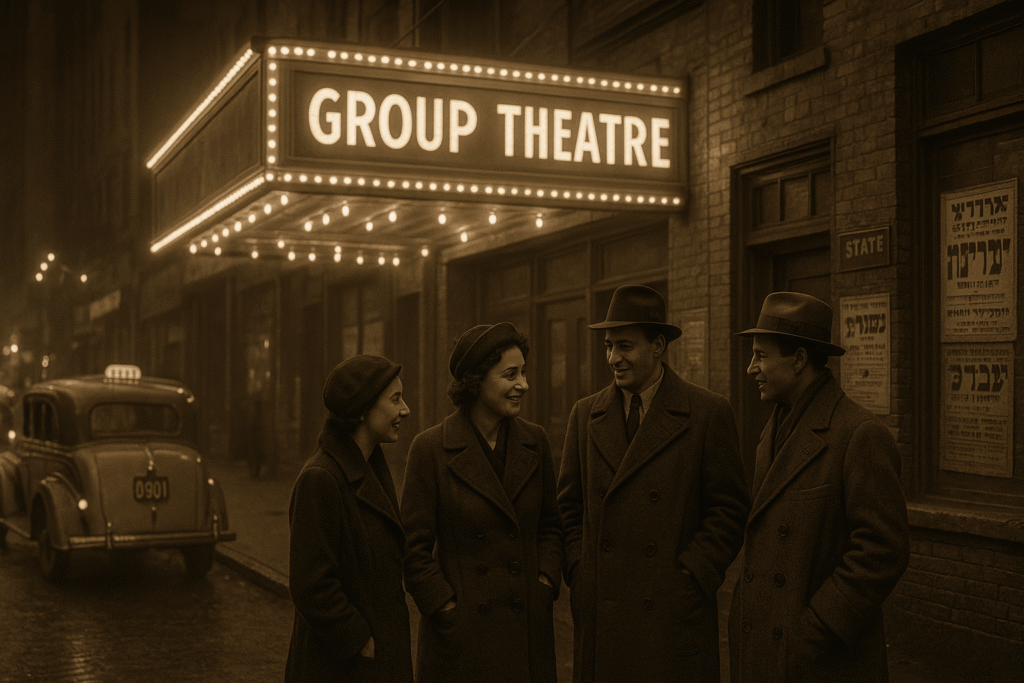
1.1 From Yiddish Theater to Broadway Mentor
Born in 1901 to a celebrated New York Yiddish-theatre family, Adler stepped onstage at age 4. Her formative years were steeped in ensemble discipline, rehearsals that lasted all night, and a repertory spanning Chekhov to Shakespeare.
In 1931 she co-founded the Group Theatre, the first major American company devoted to Konstantin Stanislavski’s emerging “system.” Yet after a private month-long study session with Stanislavski in Paris, Adler returned with a pivotal realization: the master himself had evolved away from pure emotional memory toward the given circumstances of the play and the pursuit of action.
1.2 Divergence from Method Acting
Lee Strasberg, another Group Theatre co-founder, emphasized mining personal trauma to fuel performance. Adler regarded this as both psychologically risky and artistically limiting. She taught that the actor’s duty is not to relive private pain but to illuminate the world of the play through courageous imagination and robust research.
Her famous dictum—“An actor’s talent is in their choices.”—reminds students that creative decisions, not private suffering, shape memorable performances.
2. Core Principles of the Stella Adler Technique

2.1 Acting Is Doing
Everything begins with action. Characters pursue objectives through verbs: to persuade, to protect, to humiliate, to seduce. If you cannot name what you are doing, the audience cannot follow your journey.
2.2 Imagination as Creative Engine
Adler insisted that imagination can “lead you into the human soul.” Actors cultivate it like any other muscle—through reading, observation, daydreaming, museums, and vivid sensory drills. The richer your imaginative life, the more specific and surprising your performance.
2.3 Given Circumstances and Sociological Detail
She coined the term “sociological imagination.” Where was the character educated? What economic class? Which historical moment? Clues in the script, plus outside research, allow actors to inhabit customs, speech rhythms, and moral codes different from their own.
2.4 Text First, Feelings Second
Adler asked students to “trust the play.” They begin with playwright’s language, plot structure, and punctuation; only then do feelings arise organically. Emotions, in her class, are by-products of truthful action—not the goal.
2.5 The Actor as Artist and Citizen
She urged actors to read newspapers, study politics, attend ballet, know architecture. Great acting requires a breadth of knowledge that transcends the rehearsal room.
3. Fundamental Concepts, Unpacked
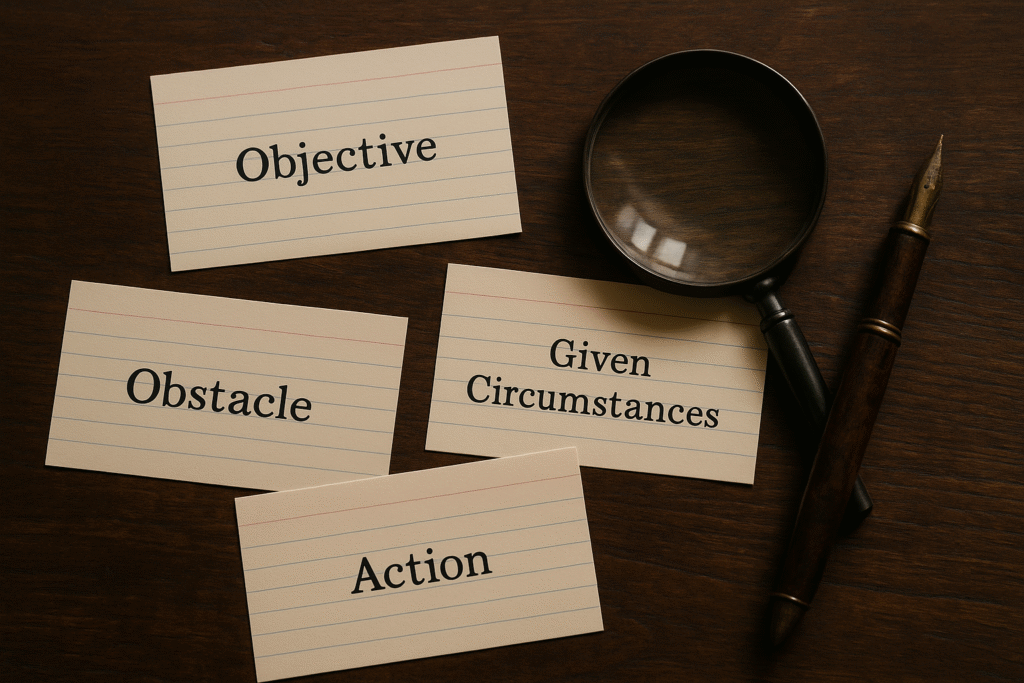
| Concept | Practical Meaning on Stage |
|---|---|
| Objective | The specific thing your character must achieve in a scene. |
| Obstacle | The internal/external forces blocking that objective. |
| Action Verb | The playable verb you use (to threaten, to charm) to overcome the obstacle. |
| Circumstances | The who/what/where/when/why that shape behavior. |
| Particularization | Replacing vague images with concrete, personalized details generated by imagination. |
(Table included for quick reference; keep a notebook of verbs and circumstances during rehearsal.)
4. Practical Exercises
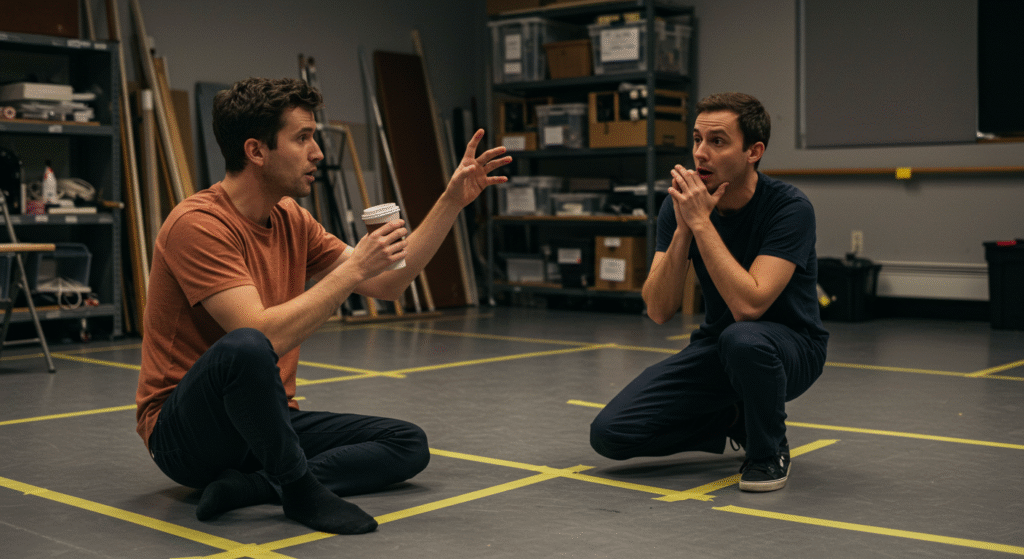
Below are step-by-step drills modeled on Adler’s classroom. Set aside a quiet space, a notebook, and—if possible—a partner.
4.1 The Object Exercise
Purpose: Sharpen sensory specificity.
- Place a simple object (e.g., coffee cup) on a table.
- Without touching it, describe its temperature, weight, and emotional significance—as if it belonged to your character.
- Speak aloud, adding layers: Where was it bought? Why is it precious or repellent?
- Finally, pick it up and perform a single action verb (to cherish, to discard).
4.2 The Room Exercise
Purpose: Build environment through imagination.
- Close your eyes. Visualize entering your childhood bedroom as the character.
- Re-arrange the furniture to match the script’s era and geography.
- Open your eyes, mime interacting with invisible props: pull curtains, test mattress springs, smell air.
- Speak a line from your scene while fully aware of this invisible architecture.
4.3 Action Lines with a Partner
Purpose: Strengthen playable objectives.
- Each actor chooses a clear verb.
- Improvise dialogue for two minutes aiming only to fulfill the verb (no pre-scripted lines).
- Partners label the exact moment the action succeeded or failed.
4.4 Historical Research Scrapbook
Purpose: Cultivate sociological imagination.
- Select a scene set in a specific era (e.g., 1912 Dublin).
- Over a week, assemble images, news clippings, slang, and fashion references.
- Before rehearsal, spend ten minutes reviewing the scrapbook, letting sensory impressions seep into your body language and speech.
4.5 Monologue Scorings
Purpose: Combine analysis with emotional freedom.
- Print your monologue double-spaced.
- Underline operative verbs; circle obstacles.
- Write a vivid particularization above abstract nouns.
- Rehearse using physical actions for each unit (pace, gesture, sit, approach).
(Repeat until text feels spontaneous yet fully grounded.)
5. Daily Craft Maintenance
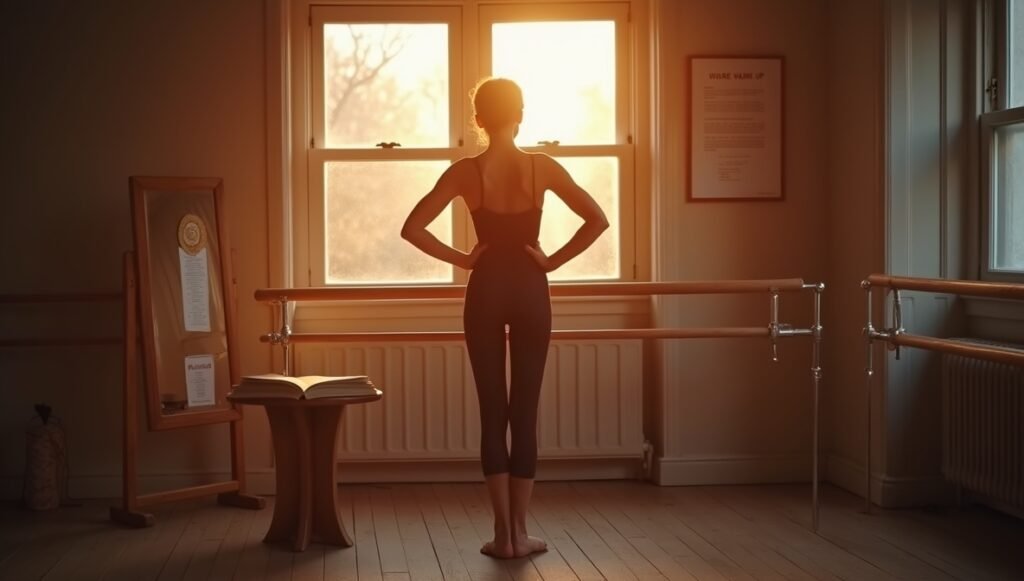
5.1 Reading Beyond the Stage
Spend 30 minutes daily on novels, poetry, or nonfiction outside acting manuals. Adler believed exposure to diverse ideas refuels imagination and prevents cliché.
5.2 Voice and Speech Drills
She worked closely with vocal coaches. Warm-up recipe:
- Buzz on a relaxed “mm” while massaging cheeks
- Hum-Slide from low to high pitch to free resonance
- Text on Breath: recite tongue twisters while walking, keeping breath fluid
5.3 Body Culture
Take ballet, fencing, or tai chi. A disciplined body conveys sociological clues (confidence, status, fatigue) before a single line is spoken.
5.4 Observation Journals
Carry a small notebook; jot down gestures seen on subways, grocery stores, courtrooms. Later, assign these to characters for authenticity.
6. Applying Adler in Rehearsal and Performance
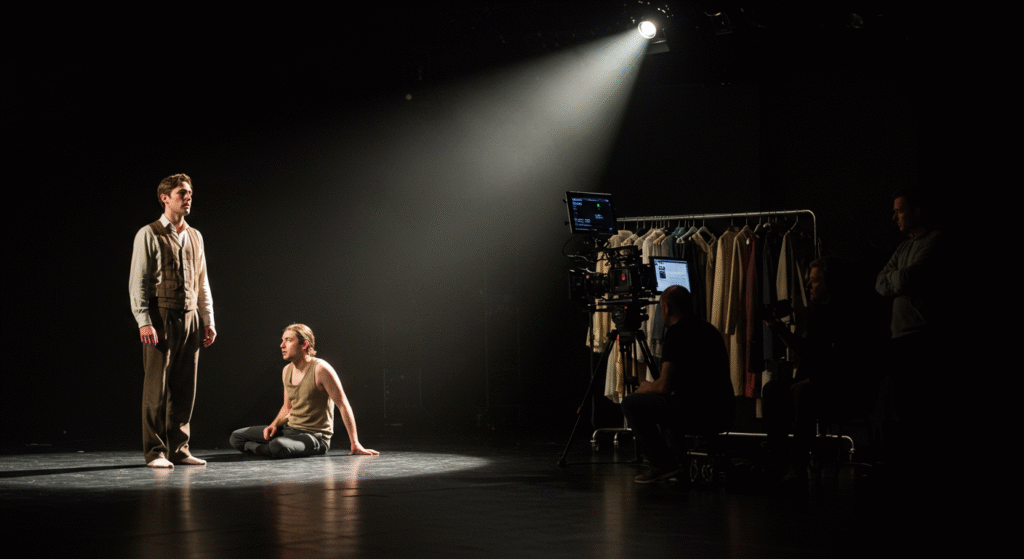
6.1 Auditions
- Read entire play, not just sides—circumstances dictate choices.
- Choose an action verb you can begin the moment you enter the room (e.g., to captivate the casting director).
- Allow research to color wardrobe subtly (period silhouette, color palette) without slipping into costume.
6.2 On-Camera Work
Film magnifies small behavior. Use Adler’s imaginative backstory to anchor stillness; let thoughts flicker in the eyes rather than broad gesture.
6.3 Theatre Collaborations
Because the technique prizes actionable verbs, it meshes well with directors who stage plays as kinetic storytelling rather than psychological tableau. Come prepared with clear choices but remain flexible—imagination thrives in collaboration.
7. Common Pitfalls and Solutions

| Pitfall | Why It Happens | Adler-Based Fix |
|---|---|---|
| Over-intellectualizing | Actor stays in head, analyzing without doing. | Translate every analysis note into a physical verb. |
| Emotional Substitution | Actor mines personal trauma, draining energy. | Replace memory with researched Given Circumstances and imaginative particulars. |
| Generic Line Readings | Lack of sociological detail. | Deep-dive into era, class, and cultural norms. |
| Inconsistent Accent | Limited linguistic study. | Immerse in recordings, hire dialect coach, connect accent to class/status. |
8. Building a Long-Term Adler Practice
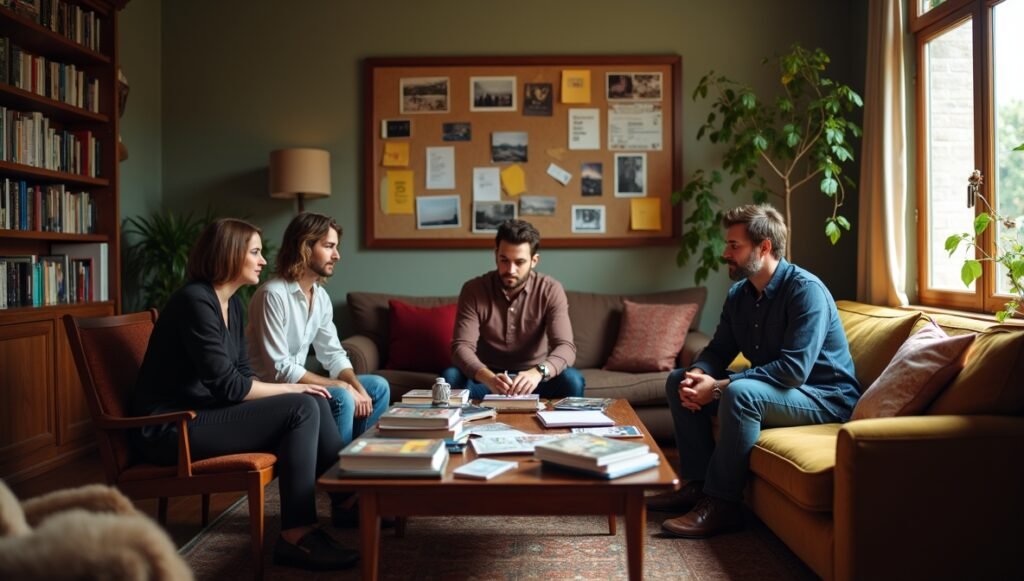
- Community: Join or form a scene-study group dedicated to Adler exercises.
- Mentorship: Study with certified Adler teachers when possible; feedback refines technique.
- Interdisciplinary Curiosity: Attend art exhibitions, concerts, sociology lectures. Each experience expands the palette you bring to roles.
- Periodic “Artist Dates” (solo adventures): Visit unfamiliar neighborhoods, observe environments, journal impressions.
9. Resources for Further Study
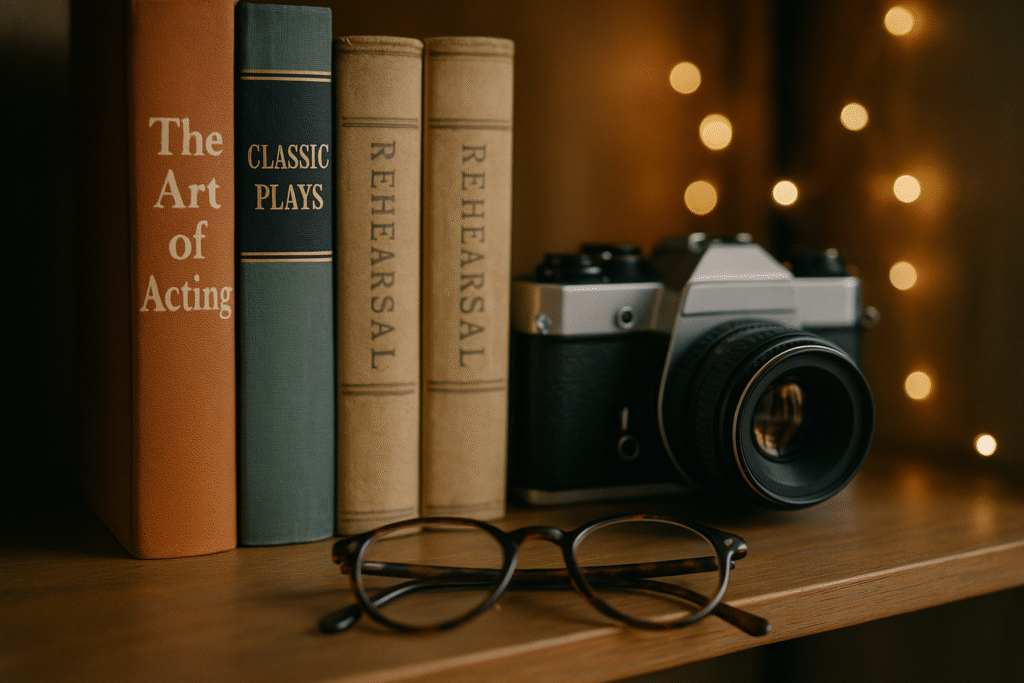
- The Art of Acting by Stella Adler (compiled from her class notes)
- Stella Adler on America’s Master Playwrights
- Video archives from the Stella Adler Studio of Acting (New York) and Art of Acting Studio (Los Angeles)
- Workshops with Adler-trained teachers such as Ron Burrus or Tom Irwin
- Plays for practice: A Streetcar Named Desire, Awake and Sing!, Uncle Vanya, Museum by Tina Howe
Conclusion
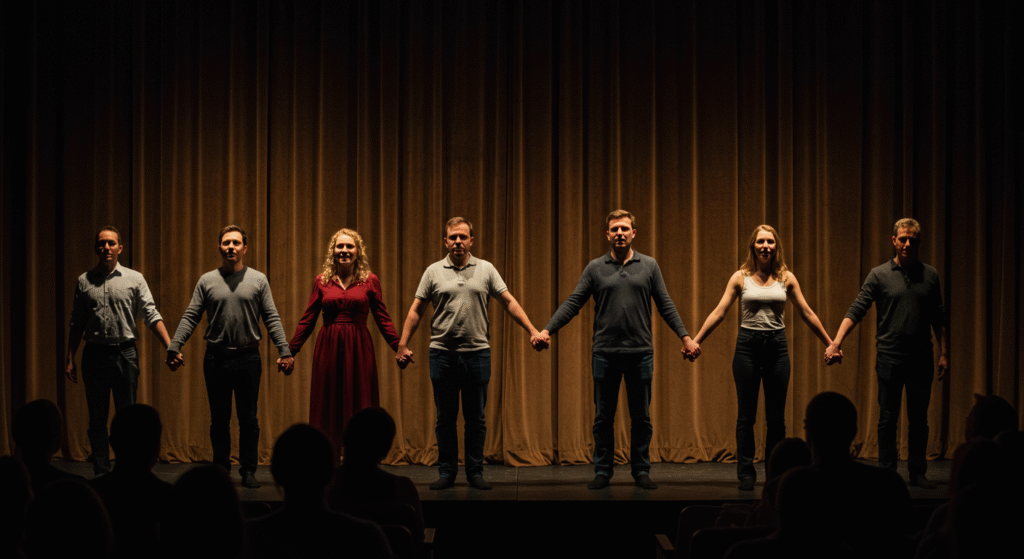
The Stella Adler Technique invites actors to marry disciplined craftsmanship with boundless imagination. By anchoring performance in actionable verbs, sociological research, and vivid particularizations, you free yourself from the narrow well of personal memory and tap into the enormity of human experience. Adler saw actors not only as entertainers but as cultural historians and truth-tellers who hold a mirror to society.
Commit to the exercises outlined above, cultivate curiosity about the world beyond your own biography, and you will discover—scene by scene, role by role—that your creative capacity is far larger than you ever suspected. That revelation lies at the heart of Stella Adler’s enduring legacy: every actor already possesses an inexhaustible imaginative universe—if only they dare to explore it.

